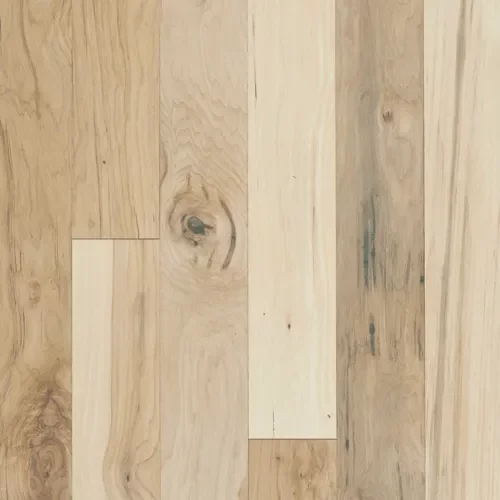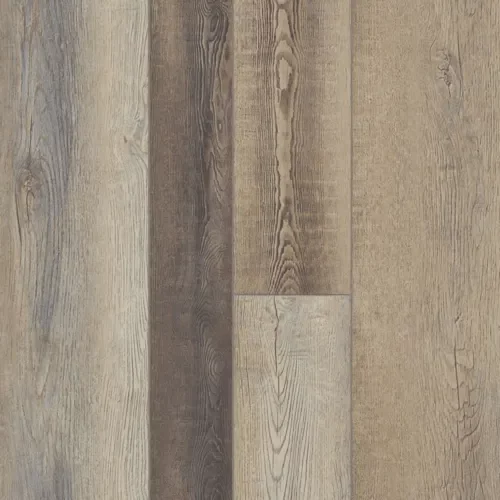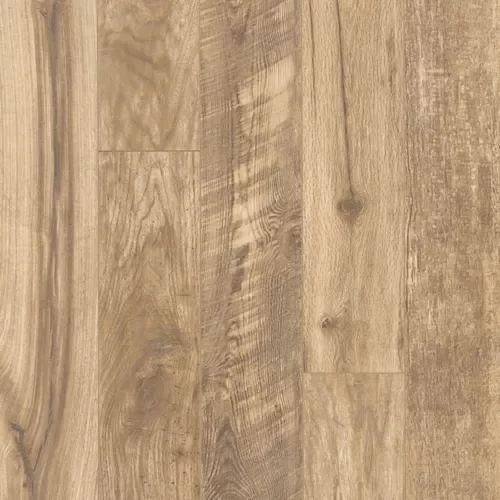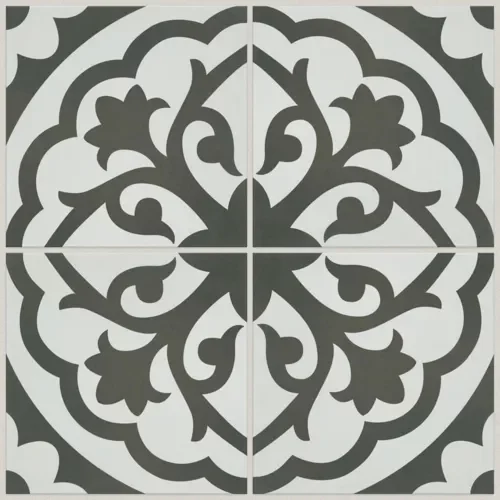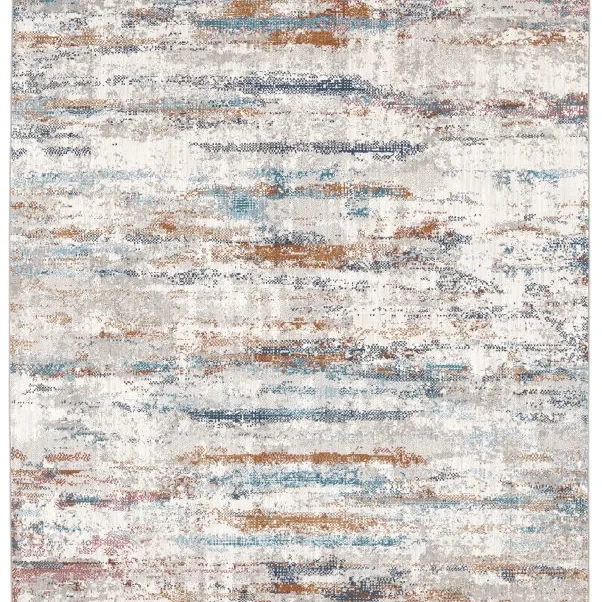Adding Warmth and Interest with Flooring in Textured Minimalism
After years of favoring clean lines and open spaces, homeowners are bringing more coziness and comfort into their interiors.
Minimalist spaces can feel cold or stark without intentional layering of materials and textures. Textured minimalism keeps the simplicity and openness of traditional minimalism while adding warmth and tactile interest.
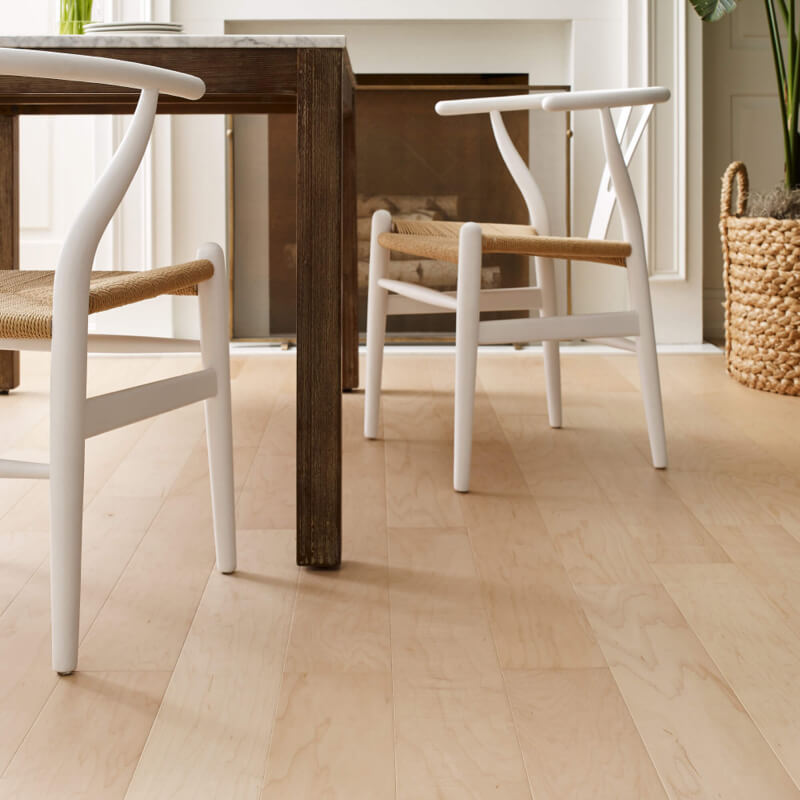
Flooring is one of the simplest yet most impactful ways to introduce texture, warmth, and personality to a minimalist space. The right choice can set the foundation for a room that feels inviting without sacrificing minimalism’s clean lines.
Understanding Textured Minimalism
Textured minimalism emphasizes open, uncluttered spaces while introducing subtle layers of texture to prevent rooms from feeling stark. Flooring sets the tone for the space, adding warmth and visual interest while grounding the design.
- Balancing clean lines with subtle textures: Combining simple geometry with understated tactile variation keeps the space welcoming and uncluttered.
- Foundation of warmth: Flooring establishes a cohesive and inviting base that anchors the room visually and physically.
- Depth without clutter: Textured surfaces provide variation underfoot without adding visual noise or distracting from the minimalist aesthetic.
Flooring Design Principles for Warm Minimalism
Choosing flooring for textured minimalism involves more than selecting a color or material. The floor should enhance light, space, and warmth while reinforcing the clean, open aesthetic.
- Color and Tone Choices: Light wood, soft gray, and warm white create airy, inviting palettes. These tones enhance natural light and openness without making spaces feel cold or sterile.
- Plank and Tile Size Considerations: Wide planks or large-format tiles provide seamless, expansive surfaces. Larger scales reinforce a minimalist aesthetic and make rooms feel more open and continuous.
- Finish Level and Sheen: Matte or low-sheen finishes reduce glare and add subtle tactile warmth. Textured or embossed finishes enhance depth while maintaining a clean, understated look.
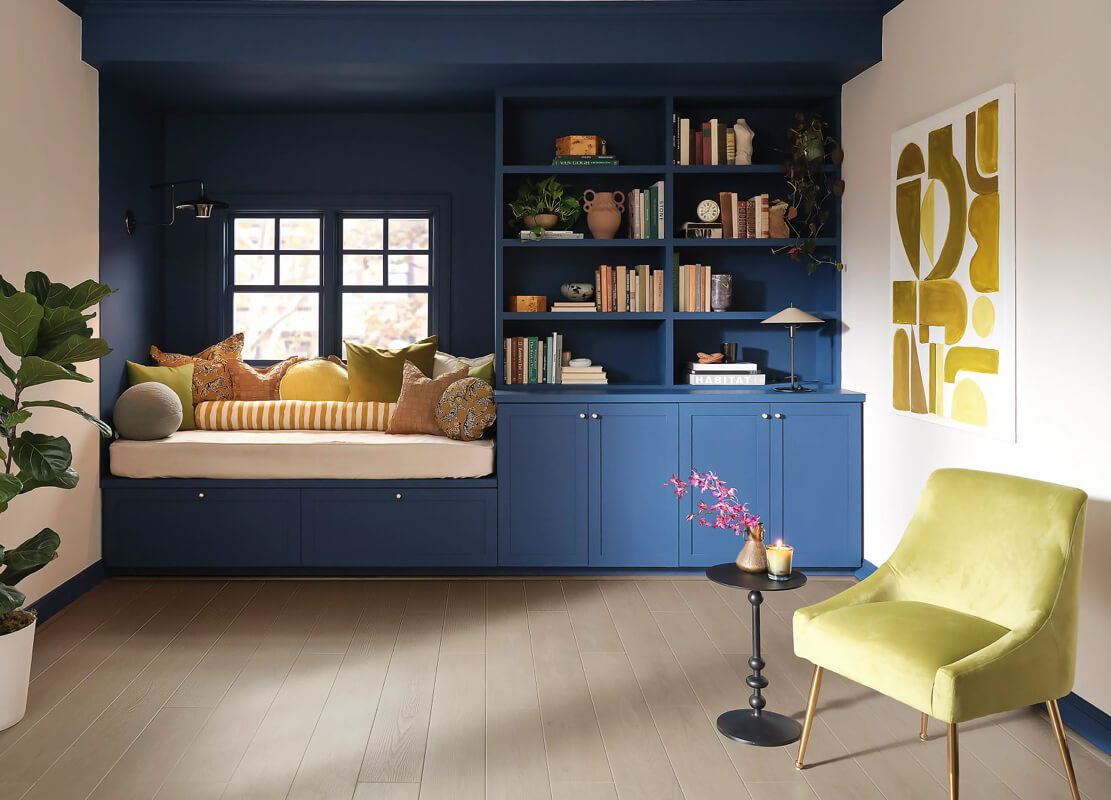
Flooring Material Options for Texture and Warmth
The material you choose determines how effectively your floors add texture and warmth without overwhelming the space. Each material offers unique tactile qualities that shape how the space feels and functions.
Hardwood (Solid and Engineered)
Hardwood delivers natural variation, warmth, and timeless appeal. Light oak or other soft, neutral species with natural oil finishes provide subtle grain texture that enhances the space without visual clutter. Engineered options offer the same aesthetic benefits while adding stability for areas exposed to humidity or temperature changes.
Luxury Vinyl Flooring (Plank and Tile)
Luxury vinyl flooring replicates wood or stone textures while providing practical durability. It performs well in high-traffic areas and maintains warmth and subtle tactile variation, making it suitable for kitchens, living rooms, and other active spaces.
Matte Tile or Large-Format Porcelain
Tiles with concrete or stone-inspired textures create a minimalist, modern foundation. Large formats reinforce seamless surfaces, and pairing them with rugs or soft furnishings adds warmth and layered interest without compromising minimalism.
Cork
Cork provides natural texture, subtle warmth underfoot, and sound-dampening qualities. It works particularly well in living spaces or bedrooms where comfort and quiet are priorities, supporting a cozy, understated minimalist aesthetic.
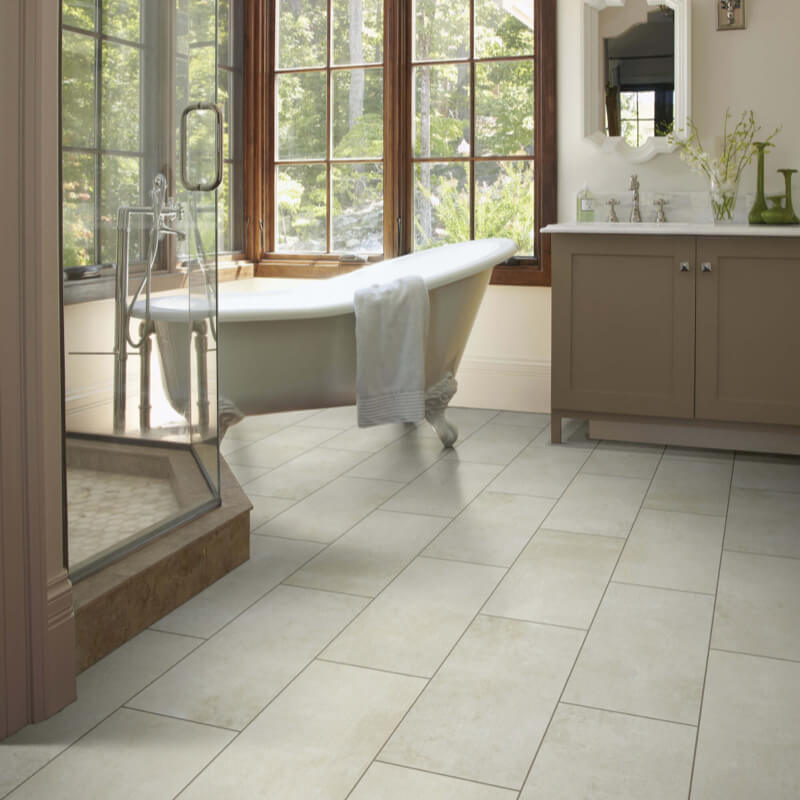
Putting It All Together: Creating a Cozy Minimalist Space
Thoughtful combinations of material, color, finish, and texture bring balance and comfort to a minimalist room. Layering techniques with area rugs, furniture finishes, and accessories enhance tactile interest without creating visual clutter.
Coordinating Flooring with Other Textures
Consider how floors interact with the other materials in your space:
- Textiles: Linen, wool, or cotton rugs and upholstery provide softness and contrast while enhancing warmth.
- Walls and surfaces: Plaster, smooth paint, or subtle wall textures complement the flooring and maintain openness.
- Furniture finishes: Matte wood, metals, or soft upholstery coordinate with floors to reinforce the minimalist design while adding tactile variation.
Making Your Flooring Choice
When selecting flooring for textured minimalism, consider your lifestyle, room usage, and the atmosphere you want to create. Durable floors are essential for high-traffic areas, while subtle textures and warm tones help maintain a welcoming environment.
Visit Roberts Carpet in Greater Houston Area to see full planks, feel textures underfoot, and get personalized guidance from flooring experts to help you choose the right floor for your home.



